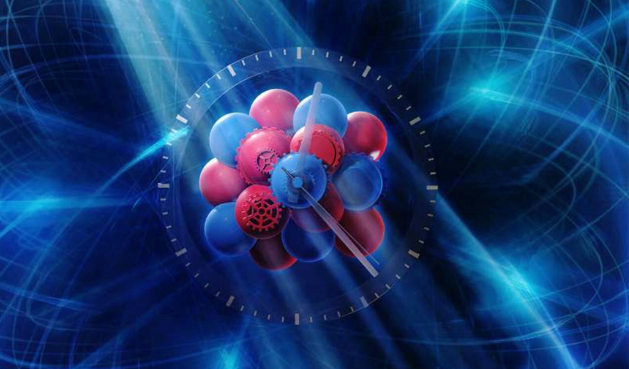
The X-ray laser shows a significant improvement in time measurement accuracy
2023-11-22 10:00An international team of researchers has taken a decisive step toward a new generation of atomic clocks. At the European XFEL X-ray laser, the researchers used scandium to create a more accurate pulse generator with an accuracy of one second in 300 billion years, about a thousand times more accurate than today's standard atomic clocks based on cesium.
Atomic clocks are the most accurate timepieces in the world. Atomic clocks shine microwaves onto cesium atoms and adjust the radiation frequency to maximize microwave absorption, which experts call resonance. With the help of resonance, the microwave-producing quartz oscillator can remain stable, allowing the cesium clock to be accurate to within a second for 300 million years.

The team has now found that the scandium element is readily available as a high-purity metal foil or the compound scandium dioxide. This resonance requires X-ray with an energy of 12.4 keV and a width of only 1.4feV. This is equivalent to 140 quamillionths of an electron volt, which is only 10 trillionths of the excitation energy.
"Until now, no X-ray source has been able to shine bright enough within scandium's narrow 1.4 feV line," says scientist Anders Madsen.
The team irradiated scandium foil 0.025 mm thick with an X-ray laser and detected the characteristic afterglow emitted by the excited nucleus, which is clear evidence of scandium's extremely narrow resonance lines.
